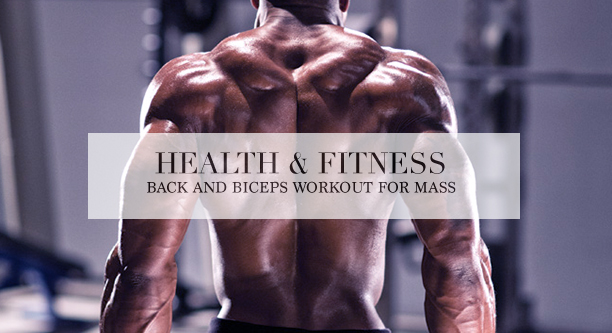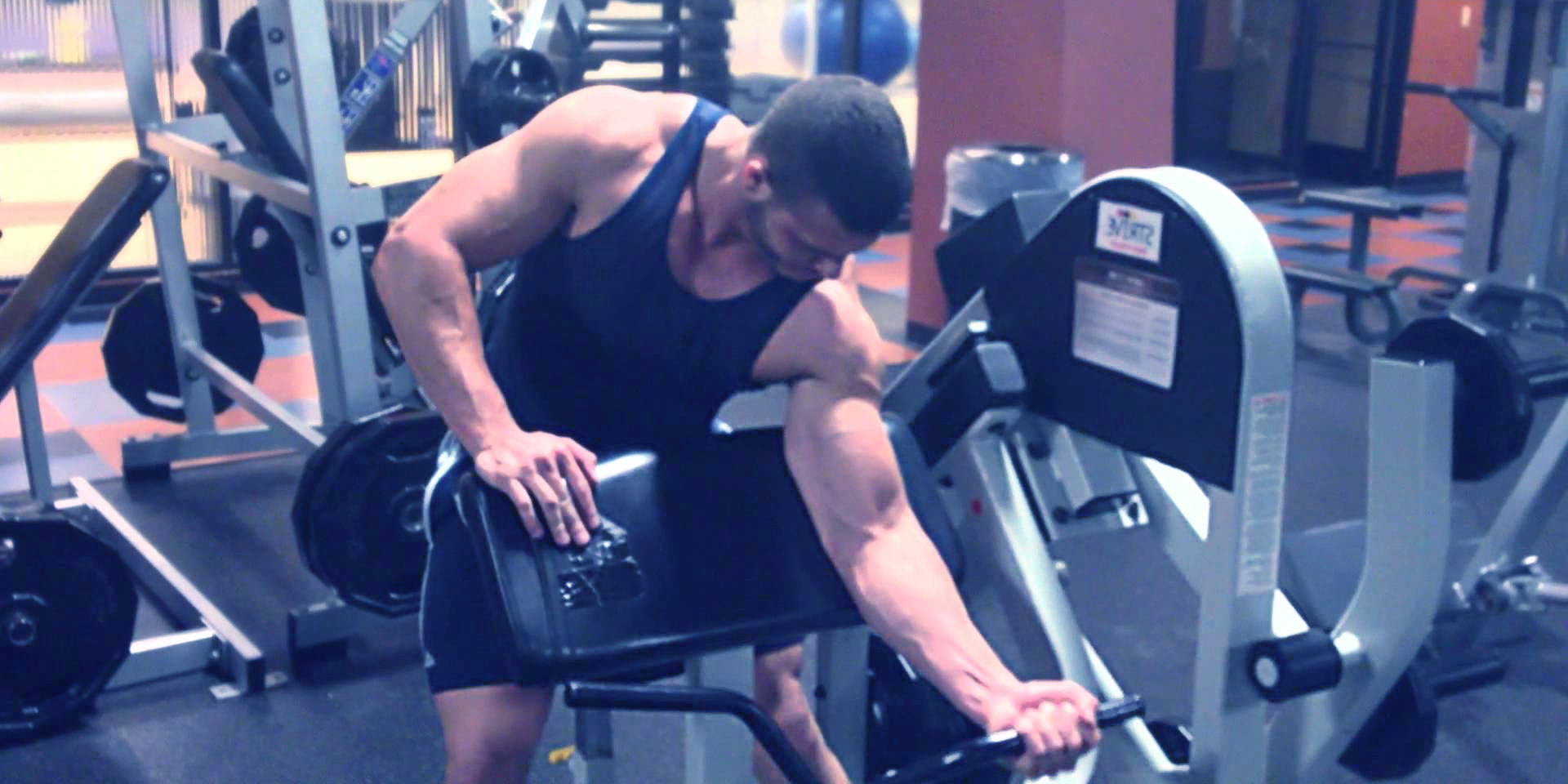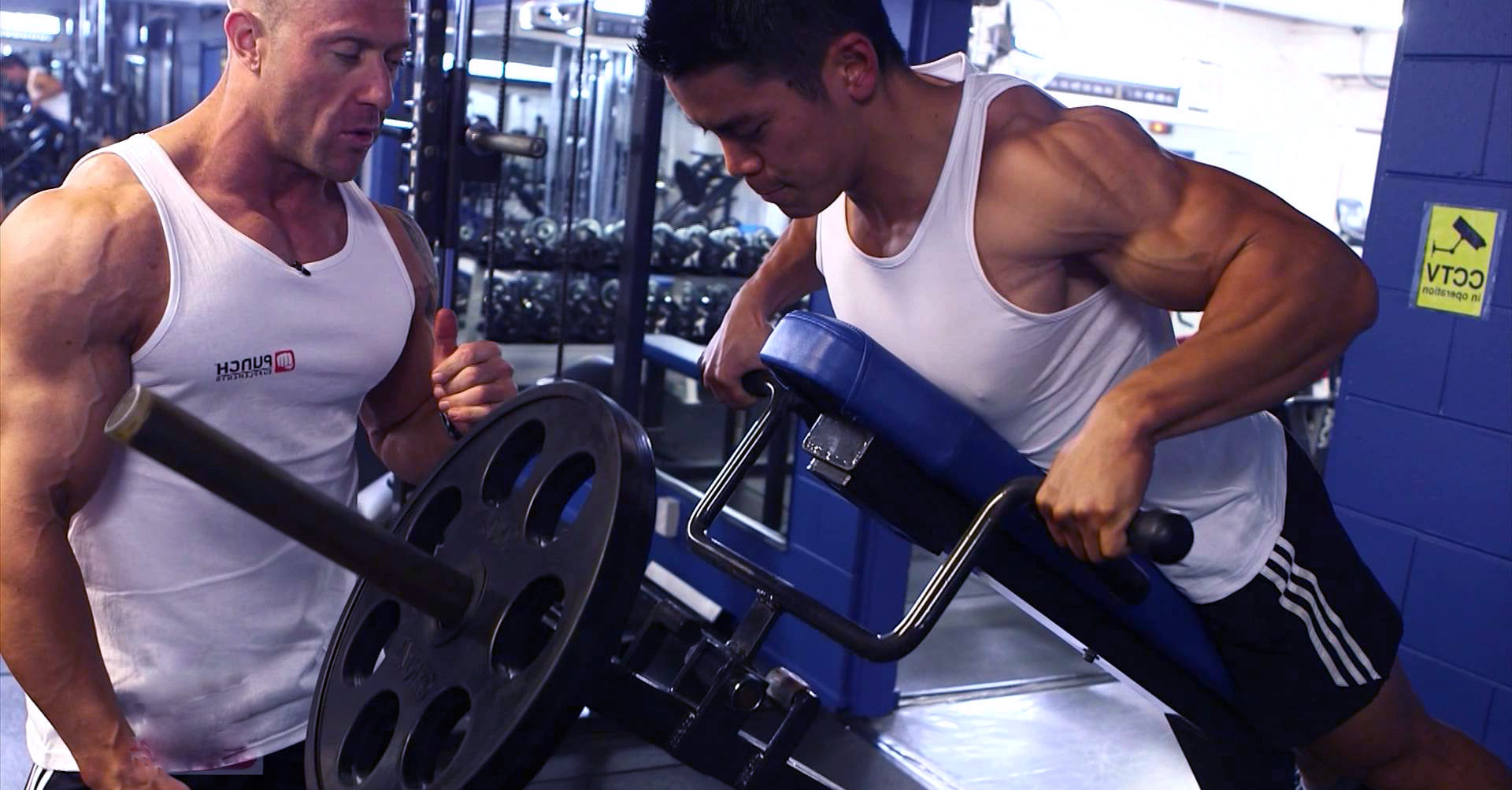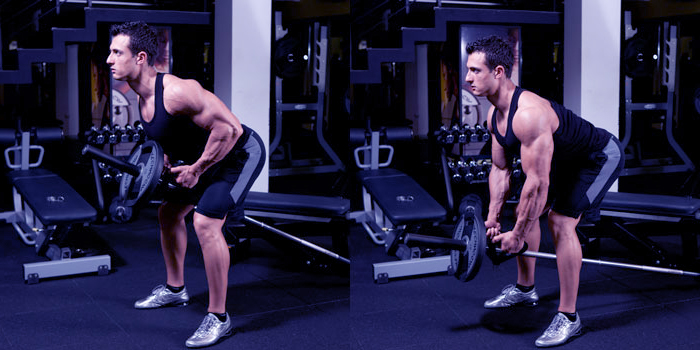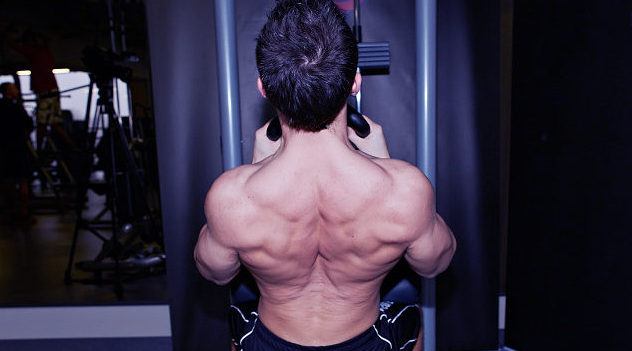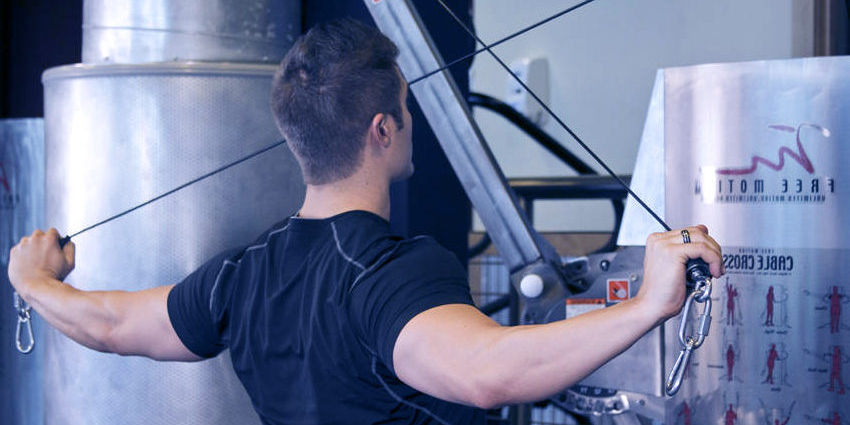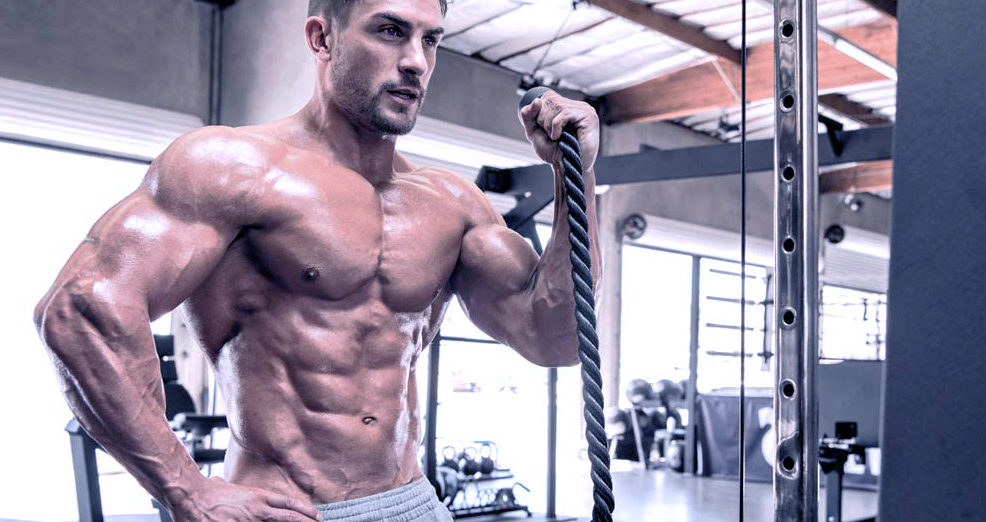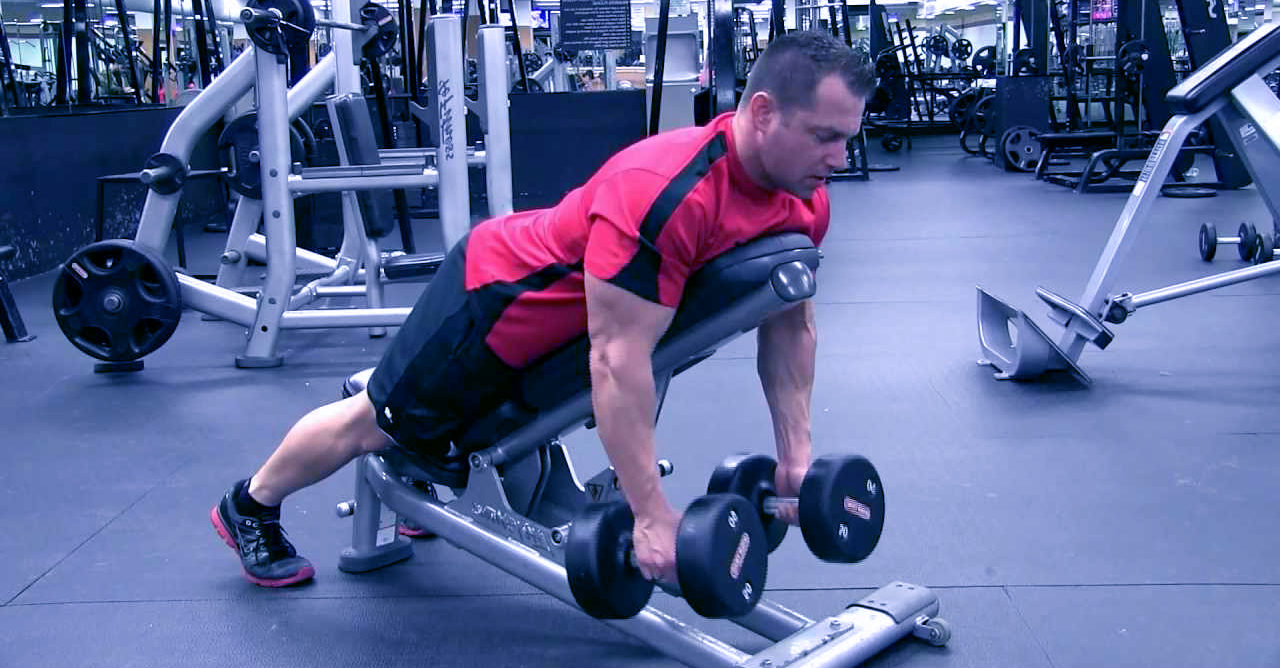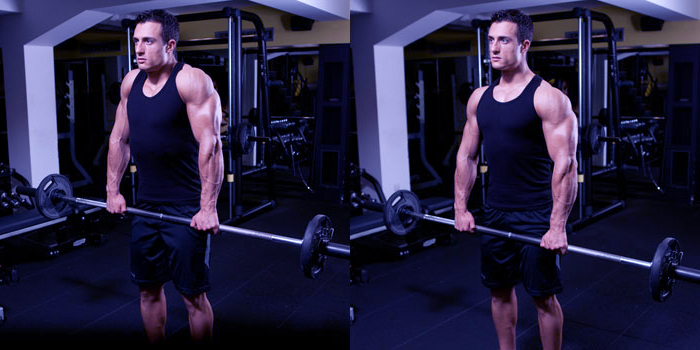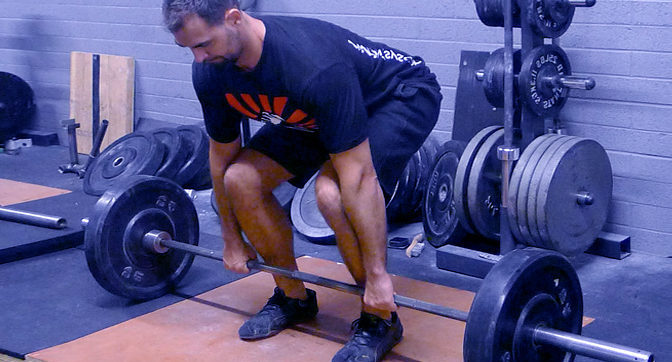To build a balanced back is hard, right? It doesn’t have to be. This back and biceps workout will guarantee an increase in mass and strength in as little as 3 weeks.
A classic muscle pairing has got to be back and biceps. The back is a large muscle group that requires a lot of different exercises and a lot of volume. Biceps will always undergo a significant level of stimulation with many back exercises so it only natural to pair these two together within the scope of this workout.
Machine Negative Preacher Curls
3 Sets 6-8Reps
There is logic as to why a biceps exercise is placed at the top of the list for this workout. Many people often place it closer toward the end, however, this leads to imbalances and stifles your overall development. If you left your biceps workout to the end fatigue will likely cause less than effective stimulation to the biceps. Some may argue that your biceps have endured a robust workout by the pulling exercises alone that are included in this workout. Yes, to some extent this is true but, to maximise growth sometimes you need to isolate and shock your muscles to force growth.
Placing the biceps at the top of this list will take away fatigue as a factor, and it really does enable you to place the biceps under maximum stress that is needed specifically for this exercise – the negative biceps curl.
What does the negative biceps curl do? It shocks your muscles. The premise behind negatives is to take your training beyond the limits you have set. Negatives (eccentric) contractions use less energy even though they create more force than concentric contractions. This means you can place a higher weight load onto the negatives phase and manage better than with the concentric phase. Now, if we add this point to the fact that most of the muscle fibre tearing occurs under the negative phase of an exercise – when the muscle is stretched out – then you can see how negatives could be used as a tool to force higher resistances onto your muscle, whilst still being able to manage the load safely and build effectively.
What to do:
- Focus on maximising the weight that you lift.
- For safety always warm up with the first set on a medium weighted load, depending on your experience level and conditioning and for about 10-12 reps.
- This is a one arm exercise and your free arm should be used to assist with bringing the weight up on the concentric phase.
- When assisting the working arm on the concentric phase, make sure that you retain some tension on that working arm throughout.
- Once the arm has been supported to the top, allow for the working arm to resume total control over the weight.
- Slowly allow for the weight to descend – allowing for a full stretch of the bicep – then once at the bottom use the free hand to assist it back up again.
- It’s especially important that the lowering phase is very slow as it allows for maximum stimulation to occur. 6-7 seconds is about the right speed for the lowering phase.
- For safety keep your free hand in close contact with the working arm just in case you lose control of the weight.
Note: This could equally be performed using a dumbell and a curling bench.
Lying T-Bar Rows (Wide-Grip)
3 Sets 10Reps
Any rowing type of exercise is great for your back and biceps. It’s a holistic compound movement that involves a high degree of muscles in its actions. Compounds should form the basis of your muscle building plan and for that reason its high on the list.
Bent over barbell rows will work your rear delts, your trap and upper lats.
How it should be done:
- Don’t make the mistake of lifting heavy. Many people end up using momentum to move the weight, opt instead for a manageable weight that you can fully control for about 10reps.
- The important part in this exercise is a controlled descent.
- Pick the bar up and stand with bent knees, waist lent forward and a tight core.
- Engage the target muscle and lead the pull with your elbows.
- Bring the weight fully up to the point where you are squeezing your trap muscles together. Hold for a second.
- Slowly allow the bar to return to the bottom in a controlled manner.
- Repeat for the number of repetitions.
Bentover T-Bar Rows (Close-Grip)
3 Sets 8-10 Reps
- You will need a barbell, a V grip bar, a few plates and a corner of the gym.
- Place an end of the barbell to a corner in the room, this will prevent the bar from side to side when you are performing the exercise.
- Load the opposite end of the barbell up with a few plates making sure that they total a weight that you’ll be able to fully control. It’s best to use the 10kg weight loads 15kg at most as the diameter of these two are smaller than the 20kg or 25kg plate. The smaller diameter is important so that you can get a greater range of motion (ROM). You will be able to lower the bar much closer to the ground and will be able to bring the bar much closer to your chest as the plate will not be in the way as much.
- Bend down and place a V grip underneath the barbell, just below the lip on where the plates sit.
- Tighten your grip and your core, lean back slightly and lift the weight up using your legs.
- Stand almost straight while holding the bar and readjust.
- While keeping your core tight and back straight, slightly bend your knees then bend forward at your waist – still keeping a straight back. This is the starting position.
- Engage your lats then pull the V-grip into your lower abdomen keeping the arms close to your torso, hold for a second and slowly release back to the starting position.
- Your torso should remain stationary throughout and make sure you pull with your elbows – to not try to curl the V-bar into your chest using your biceps.
- Repeat for the recommended number of repetitions.
V-Bar Lat Pulldowns
Sets 3 Reps 8-10
- Grab the V-bar with palms facing each other. Stick your chest out and lean back slightly in order to engage the lats better. This is the position you start in.
- Initiate the lats and pull the bar down – pull from your elbows, not from your wrist – bring the bar down until it nearly touches your chest. You should be squeezing your shoulder blades hard at this point.
- After you hold in the contracted position for a second, slowly return to the starting position. Repeat for the required repetitions.
Tip: Avoid swinging as you pull up and lower back down as this will reduce the tension on the target muscle – keep your torso relatively stationary.
Cable Rear Delt Flys
Sets 3 Reps 10
- Use both cables on the machine.
- Set the cables to the highest point.
- Set the same manageable weight you can fully control on both cables.
- Cross your arms and hold each cable with the corresponding hand.
- Step back one step, bend your knees and tighten up your core.
- Bend your elbows slightly – this angle on your elbows should roughly be maintained throughout the entire movement.
- Pull each cable down and back simultaneously.
- Pull the cables fully back so that you contract your traps.
- Do not straighten your elbows – which is commonly seen in the gym – as this will place tension towards your triceps and away from the back.
- Imagine you are trying to squeeze a pen between your traps on your back – squeeze it hard and hold for 2 seconds.
- Return slowly to the starting position maintaining tension throughout.
- Repeat for the required number of repetitions.
Hammer Curls Cable Machine
3 Sets 10-12 Reps
- Set the cable pulley to just below your lower thigh.
- Set a manageable weight that you can do with the set reps.
- Stand up straight with a tight core.
- Hold onto the end of the cable and lift it up.
- Bring your arm in front of you and lift the cable to your chest, hold for a second and lower back down.
Incline Shrugs
3 Sets 10-12 Reps
- Set a bench to about a 45-degree angle.
- Pick up either two dumbells or two barbell plates.
- Sit front facing onto the bench.
- Whilst keeping your arms straight shrug your shoulders up – hold for 2 seconds – then return and repeat for the set reps.
- Try to focus the shrug more on the back of the traps – to do this focus on shrugging straight up towards the ceiling, do not shrug and up and forward.
Smith Machine Shrugs
3 Sets 8-10 Reps
- To begin, set the bar height on the smith machine around the middle of your thighs.
- Make sure that the bar is at least slightly below the level of your hands at rest position.
- Load the bar with the chosen weight.
- Grab the bar with a pronated grip (palms down) shoulders width apart from each other.
- Lift the barbell up with straight arms standing up straight, making sure that your core stays tight.
- This is the position you start in.
- Elevate the bar, raising your shoulders until they come up to your ears.
- Hold the contraction, squeezing hard for a second then lower the bar back down to the starting position.
- Repeat for the number of reps.
Barbell Deadlift
4 Sets 8-10 Reps
- It tends to be best to leave this at the end of the workout as this is a very taxing exercise.
- Your feet should be placed hip-width apart with your hands gripped just outside of your legs.
- Your grip should be alternating with one hand under the bar and the other over – this will allow for greater grip control.
- Your back should remain flat throughout the movement – from start to finish.
- The bar should remain in contact with your legs for the entire range of motion.
- Your hips and knees should move in unison to transfer the bar from the ground to the upper thigh and locked position.
Join the conversation below. And like & share this article now.

